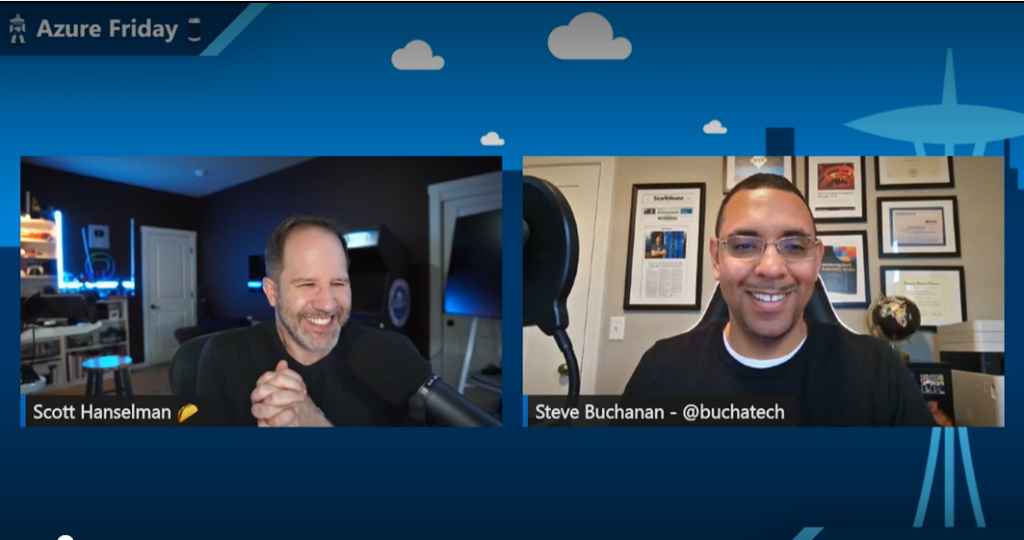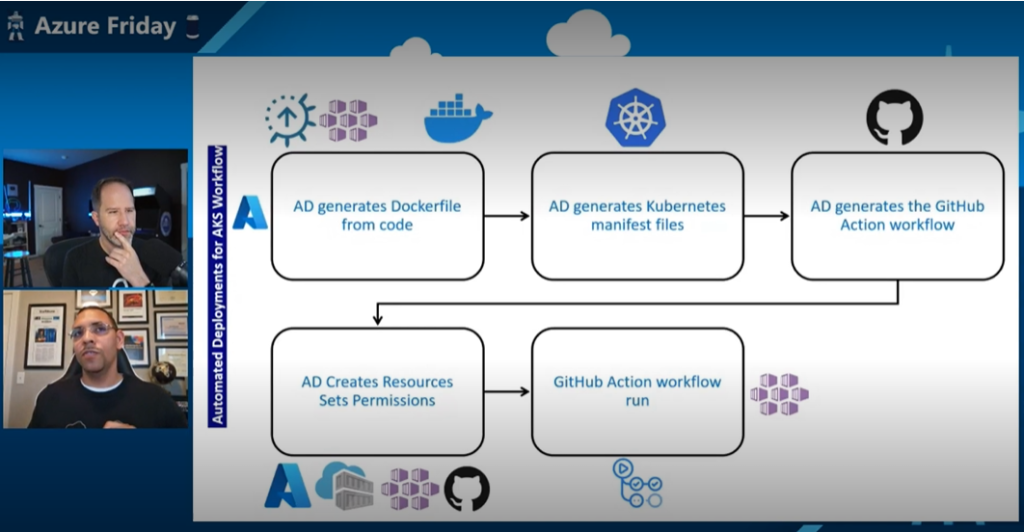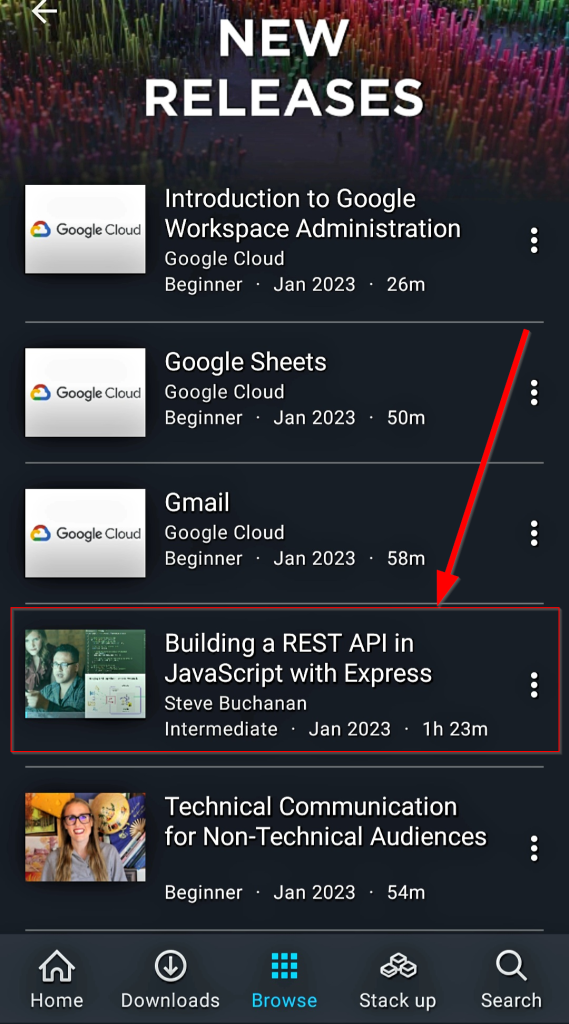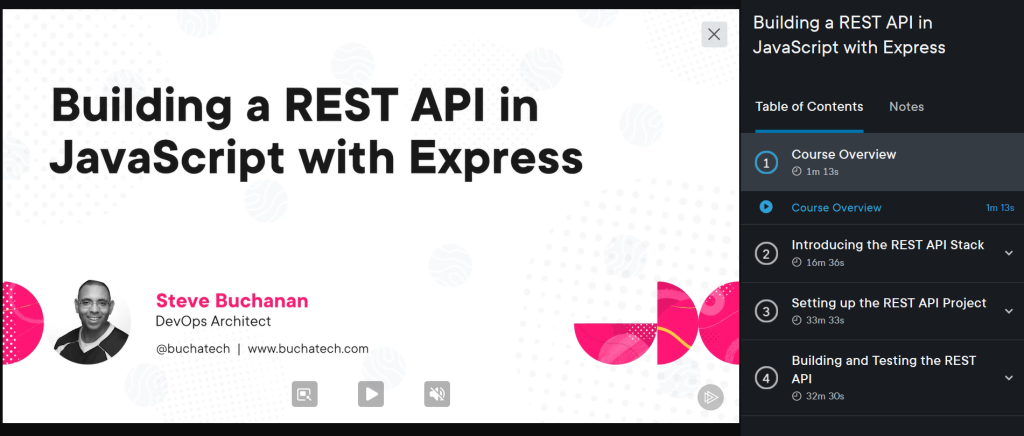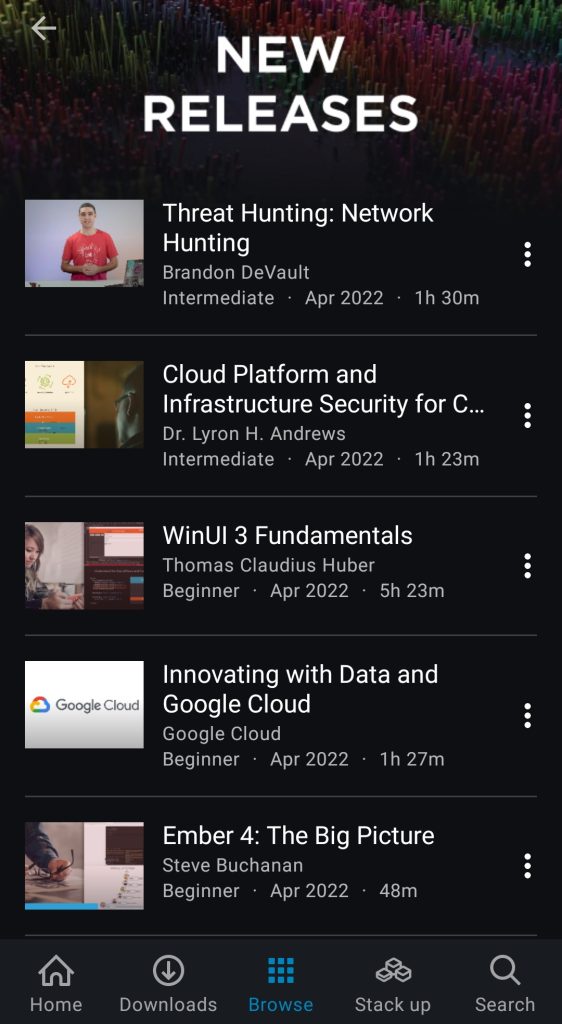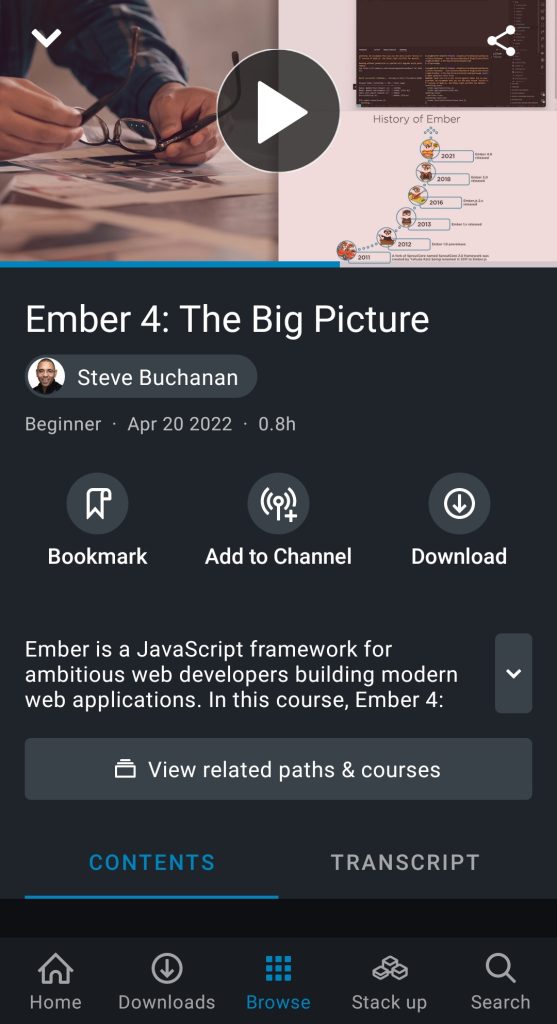This week my 21st course published. In this course I take you on a journey to build a web app in JavaScript. JavaScript is the top web programming language today with 12+ million active developers and 97% of all websites using it. It is a great language used to build dynamic and interactive web apps given its flexibility, frameworks, and modules.
The course is titled “Building a Web Application with JavaScript“. It is a part of the new “JavaScript 2022 Path” on Pluralsight. This is my 2nd course in this path. My 1st course was “Building a REST API in JavaScript with Express“. Be sure to check out my REST API course as well!
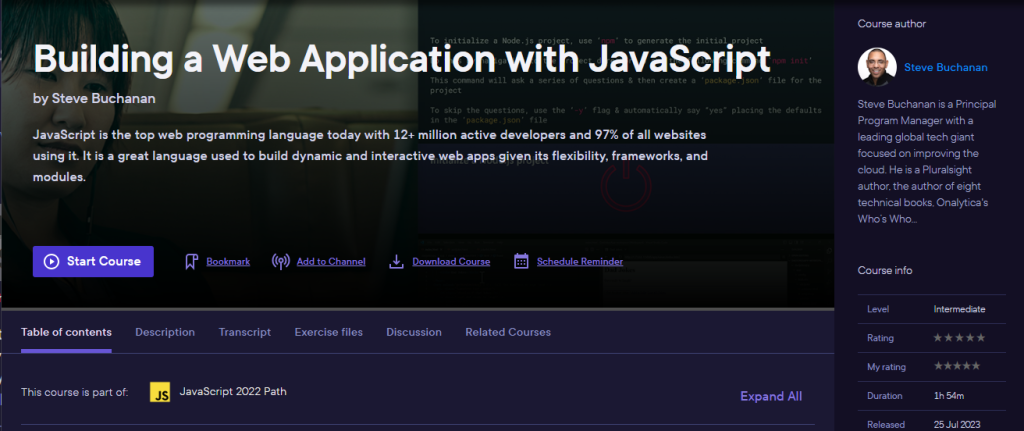
JavaScript is a must-have skill in your toolbelt when building web apps. In this course, Building a Web Application with JavaScript, you’ll learn to build a dynamic and interactive web app.
First, you’ll plan and set up your web app project. Next, you’ll discover how to build the layout, style, and CRUD for your app with HTML and CSS. Finally, you’ll learn how to code your app’s dynamic functionality in JavaScript and publish the app when done.
When you’re finished with this course, you’ll have the skills and knowledge for planning, building, styling, and publishing a web app in JavaScript needed to go from an idea to a fully functioning web app in JavaScript.
Check out the “Building a Web Application with JavaScript“ course here:
https://www.pluralsight.com/courses/javascript-building-web-application
I hope you find value in this new JavaScript course. Be sure to follow my profile on Pluralsight so you will be notified as I release new courses!
Here is the link to my Pluralsight profile to follow me:




